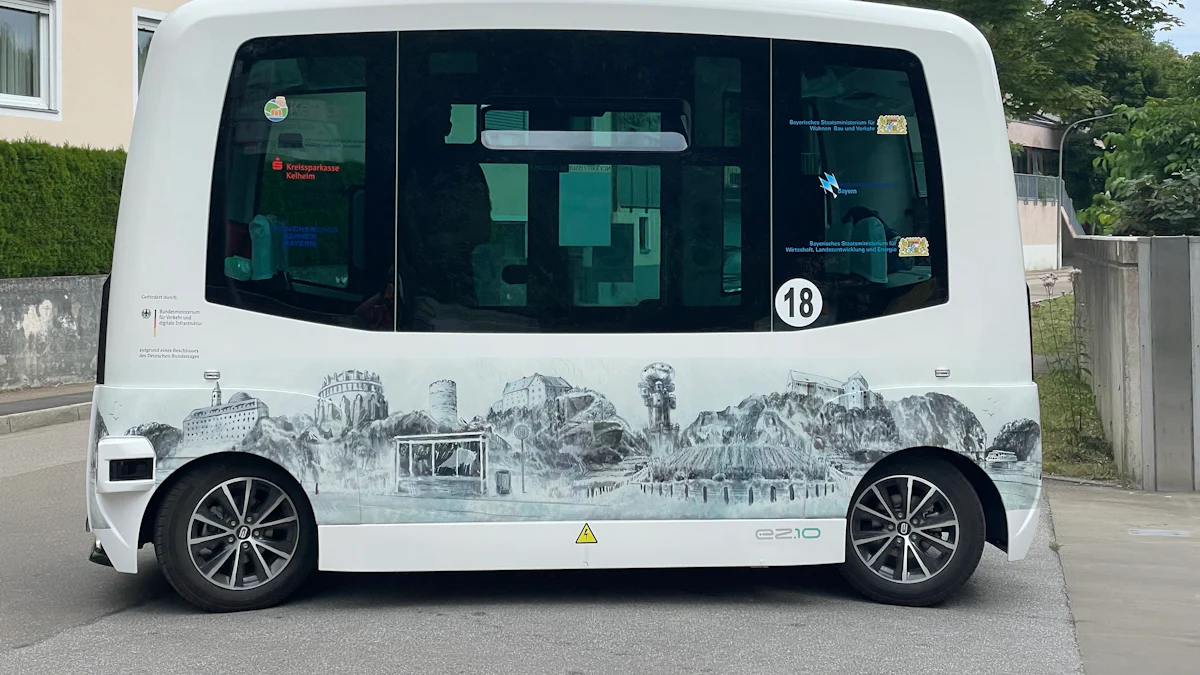
Technological Impact on Taxi Advertising Costs in the UK
The landscape of transportation in the UK is undergoing a significant transformation due to the increasing prominence of self-driving cars and ride-hail services. Consequently, this shift is also influencing the traditional costs associated with taxi advertising in the United Kingdom.
As self-driving cars and ride-hail services continue to gain traction, the dynamics of advertising on taxis are being reshaped, impacting how businesses approach their marketing strategies. This technological evolution has led to a reevaluation of the effectiveness and reach of traditional taxi advertising methods.
Impact: The rise of self-driving cars and ride-hail services is fundamentally altering the transportation industry, consequently affecting the costs and strategies associated with advertising on taxis in the UK.
Traditional Challenges
Competition from New Transportation Trends
In the United Kingdom, traditional taxi advertising is encountering formidable competition due to the surging popularity of ride-hail services such as Uber and Lyft. The convenience and accessibility offered by these alternative transportation options have prompted a notable shift in consumer behavior, directly impacting the efficacy of traditional taxi advertising methods. As more individuals opt for ride-hail services over traditional taxis, the visibility and reach of advertisements on taxis have been affected, posing a significant challenge to businesses seeking to utilize this form of advertising.
Evolving Consumer Preferences
The evolving landscape of consumer preferences, coupled with the rapid adoption of new technologies, is exerting a substantial influence on the effectiveness of traditional taxi advertising in the UK. With an increasing number of consumers embracing self-driving cars and ride-hail services, there has been a discernible shift in the demand for traditional taxi advertising. This shift underscores the need for businesses to reassess their marketing strategies and adapt to the changing preferences and behaviors of consumers in order to effectively engage with their target audience.
Self-Driving Cars Influence
Impact on Advertising Reach
The introduction of self-driving cars is revolutionizing the transportation industry, potentially diminishing the necessity for traditional taxi advertising.
As self-driving cars become more prevalent, there is a possibility of significant alterations in the advertising landscape, impacting the reach and effectiveness of taxi advertising in the UK.
Adapting to Autonomous Vehicle Trends
Businesses are compelled to prepare for the influence of self-driving cars on advertising costs and make necessary adjustments to their strategies.
The ascent of self-driving cars demands innovative approaches to advertising in order to maintain competitiveness in this evolving market.
Ride-Hail Services Impact
The rise of ride-hail services has significantly impacted the landscape of traditional taxi advertising in the UK. The dominance of ride-hail services like Uber and Lyft has posed substantial challenges to the effectiveness of traditional taxi advertising methods, altering the dynamics of reaching potential consumers.
Challenges Posed by Ride-Hail Services
Ride-hail services have emerged as a formidable competitive force, reshaping the advertising terrain for traditional taxis in the UK. The convenience and widespread adoption of these services have led to a shift in consumer behavior, directly affecting the visibility and reach of traditional taxi advertisements. As a result, businesses relying on traditional taxi advertising are facing the challenge of effectively engaging with their target audience amidst the growing influence of ride-hail services.
Strategies for Adapting to Ride-Hail Services
To navigate the impact of ride-hail services on taxi advertising costs, businesses must devise innovative strategies that align with evolving consumer preferences. Adopting new advertising approaches is crucial to effectively reach consumers in light of the pervasive influence exerted by ride-hail services. By embracing creative and adaptable marketing strategies, businesses can enhance their visibility and engagement within an increasingly competitive transportation market.
Adapting to Changing Taxi Advertising Landscape
In response to the evolving landscape shaped by self-driving cars and ride-hail services, businesses in the United Kingdom must proactively adjust their advertising strategies. Understanding the impact of technological advancements on UK taxi advertising costs is essential for optimizing marketing investments. By staying abreast of these changes, businesses can effectively navigate the shifting terrain of advertising on taxis in the UK and ensure that their strategies remain aligned with consumer preferences and industry trends.
See Also
The Future Influence of Google’s Autonomous Vehicle on City Living in 2024
The 2024 Effect of Ride-Hailing Car Ads on Customer Satisfaction
Investigating How Google’s Driverless Tech Will Affect Transportation in the Future
The Influence of Play Octopus on Rideshare Ads: Revolutionizing Tablet Advertising
The Effect of OOH Ads on Marketing: Differentiating in the Marketplace
